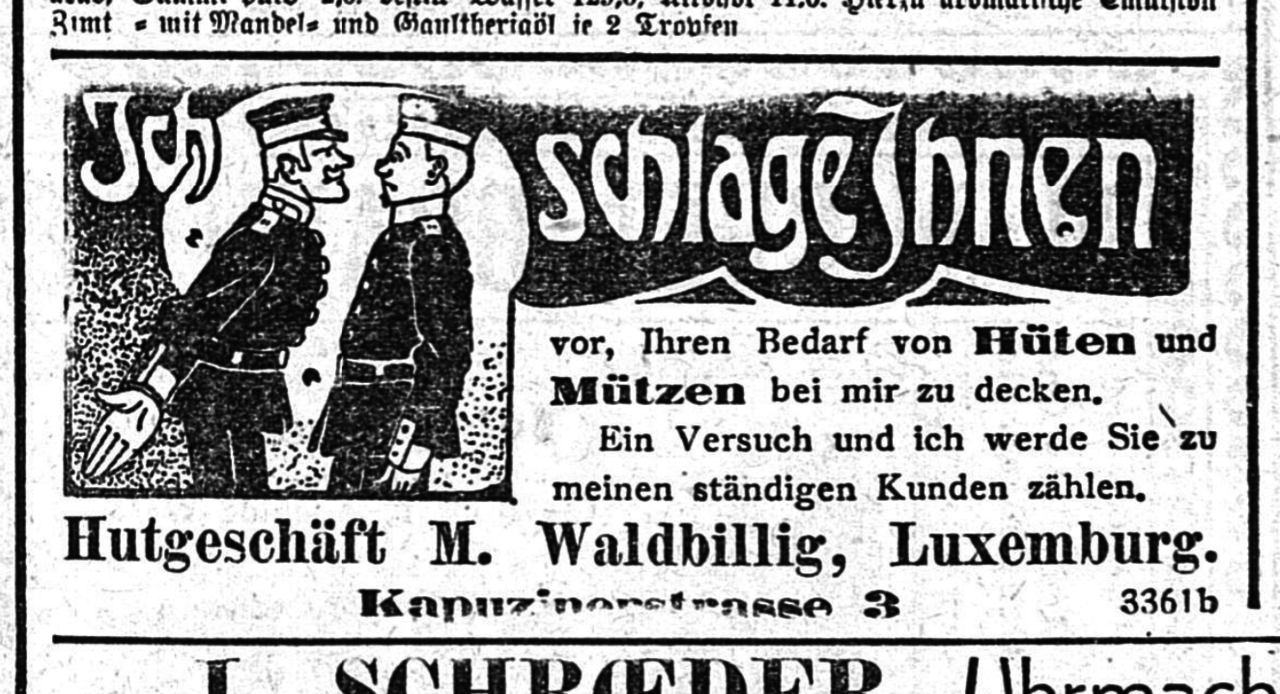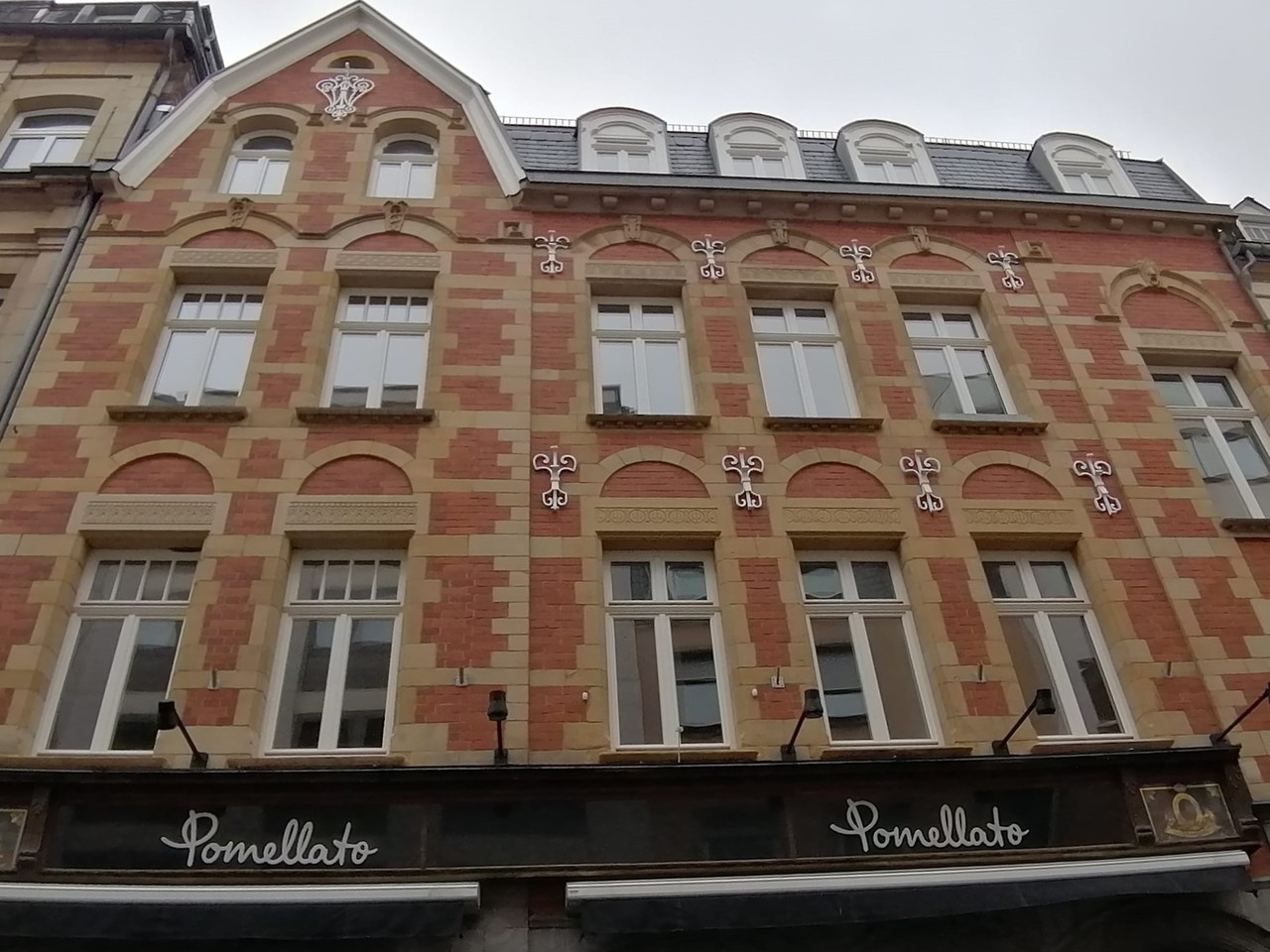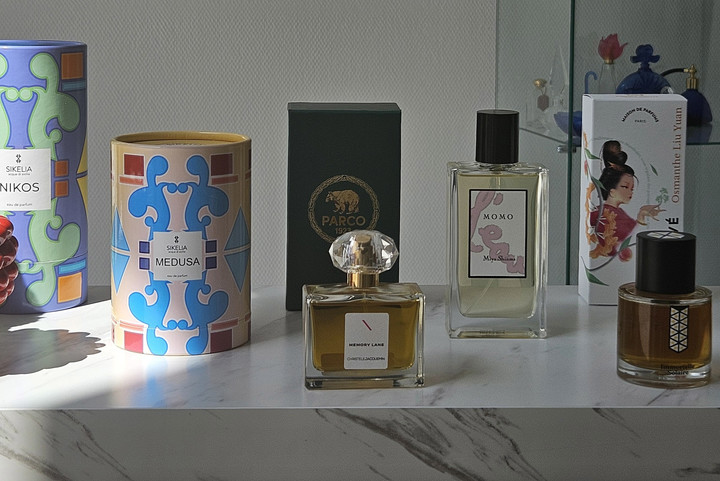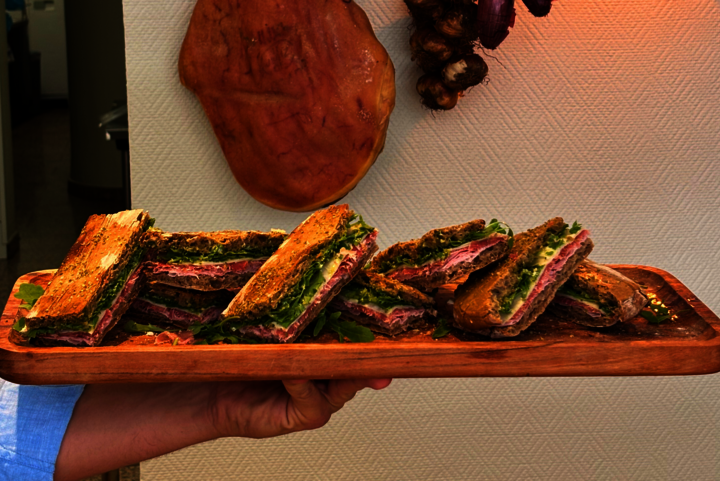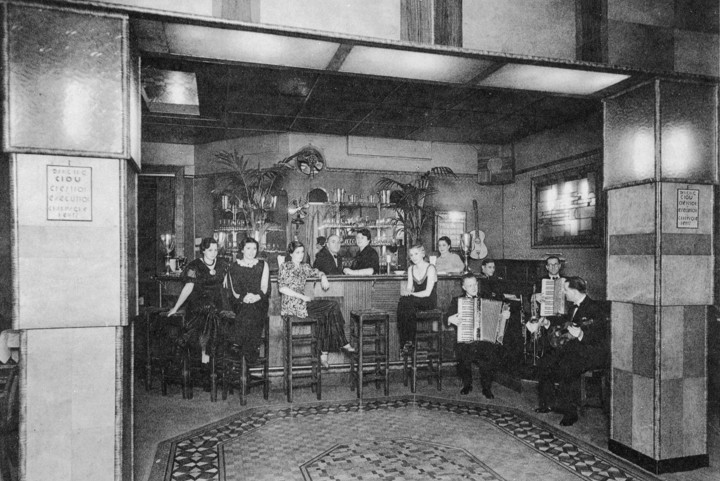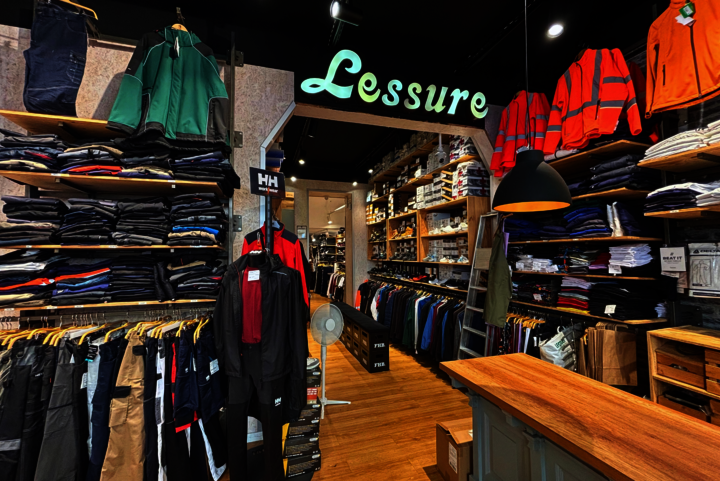(RE)discover our city – Chapellerie Waldbillig, Rue des Capucins

(RE)discover our city – Chapellerie Waldbillig, Rue des Capucins
Think you know our capital well? Well, let's see about that! Some of the buildings that you walk past on a regular basis have a special story behind them. Dr Robert L. Philippart is a true expert on the subject and will take you through the city to uncover these hidden stories, giving you a new way of looking at some of our emblematic buildings.
Chapellerie Waldbillig, Rue des Capucins
No. 11, rue des Capucins has been home to a hat shop since 1864. The shop, which had been created by Mr Jentgen, was taken over by Jean Unden in 1874. "Das grosse Hut-und Mützenlager", which remained at this address until 1892, refers to the industrial manufacture of hats. These products were available to both professional resellers and private customers, and were sold at fixed prices or on commission.
Mathias Waldbillig (1836–1903) and Marguerite Berweiler (1847–1913) ran a hat shop on Grand'Rue. Their son, Jean (1874–1952), and his wife, Marie-Justine Kioes (1878–1921), founded the "M. Waldbillig" hat shop on Rue des Capucins, which was taken over by Georges Kioes in 1919. The Waldbillig brand defined itself as "beste und billigste Bezugstelle für Mützen und Hüte", touting the good value of its products while reassuring its customers of a competent service. The brand remained under the ownership of the Kioes family until it ceased trading in 1994. Jean Waldbillig had bought the house next door in 1911, which he would integrate into a new Art Nouveau building. He had commissioned the architect Jean-Pierre Koenig, one of the country's most renowned architects, to draw up the plans. Koenig had just completed works on the Savings Bank (Caisse d'Épargne) in Place de Metz, and would be awarded the Grand Duke Adolphe prize a few years later. The Art Nouveau building on Rue des Capucins boasts a bright facade whose red, industrial bricks are a departure from the grey granite landscape of the storefronts. It has refined wrought iron and bas-reliefs that evoke motifs developed by Victor Horta. The wood is finely crafted so that the building exudes artisanal creativity. Even the advertisement in the press sported a curved Art Nouveau style. Waldbillig hoped this look would attract a young clientele that was open to new trends. The new premises opened in 1913.
The range of headwear included straw hats for summer, velvet or wool caps for children, opera hats and top hats for ceremonies and weddings – as well as hard or felt bowler hats, which had become a sign of social respectability in urban society. Priests' hats and birettas, which disappeared after the Second Vatican Council, were the religious counterpart to civilian hats. Caps and newsboy hats were reserved for workers and farmers. Women's headwear was an entirely different range that included everything from understated styles, such as hats with simple ribbons tied under the chin, to the most extravagant styles created by milliners. A 1913 advertisement touted the large number of hat brands on offer, announcing "Feine Velourshüte, englische Mützen mit mehr als 100 dessins" – a testament to the social significance of headwear. The range also included caps for city tram drivers, railway employees, sports associations, marching bands and wind orchestras. Headwear is part of some uniforms and distinguishes professional, sporting or cultural groups. Hats and caps also reflect social norms, often being closely associated with various specific occasions for which they are worn. And lastly, hats are also collectable items. Waldbillig represented the Borsalino, Mayer Brummels, Fléchet and Elina brands from the 1920s. From 1949, the shop expanded its range of products to include braces, belts, helmets, berets, scarves and ties.
Photos: © Robert Philippart
Advertising 1908 © LW 10 January 1908
Inscrivez-vous
à la newsletter.
Inscrivez-vous et recevez tous les mois l’actualité shopping de la ville directement par email ! Bon plans, événements phares, nouveaux commerces, ne manquez rien de l’actualité commerçante.
Cityshopping news

